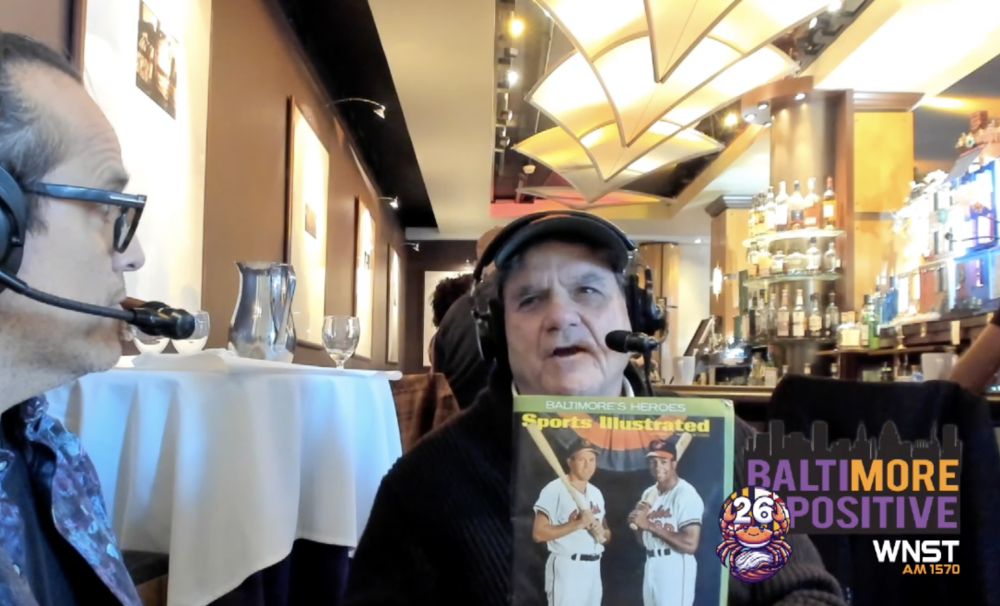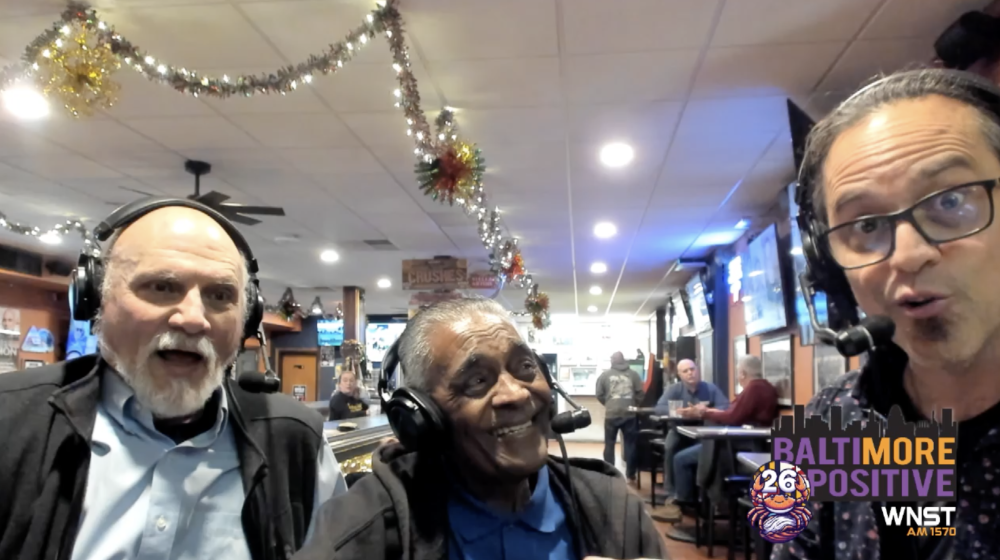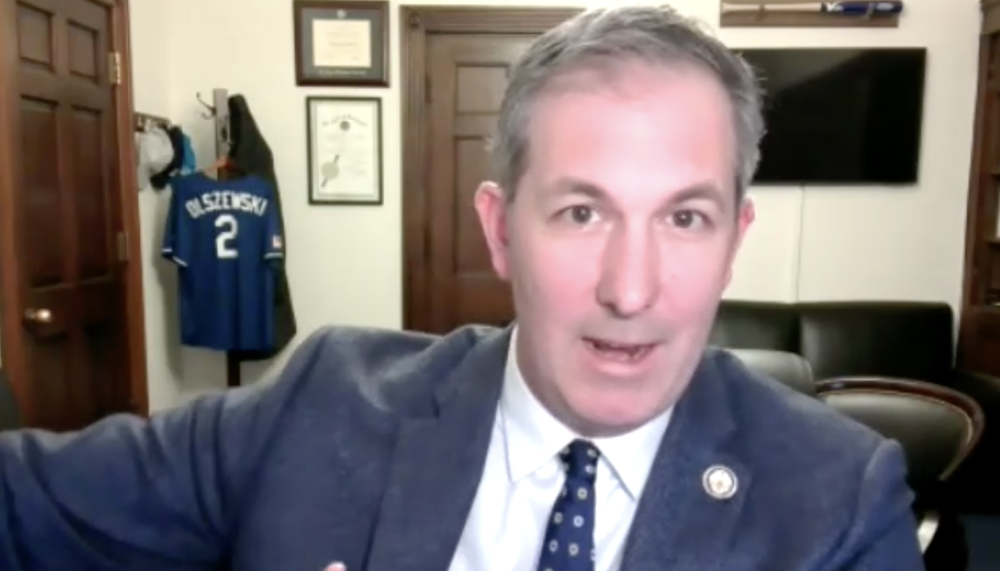With a new season upon us, here are nine questions on the rebuilding Orioles entering the 2019 campaign:
Will the Orioles be even worse than last year?
Their 115 losses last season set a club record and were the fourth most in the majors since 1900, but the Orioles now begin 2019 without Manny Machado, Adam Jones, Zack Britton, Jonathan Schoop, Kevin Gausman, Darren O’Day, and Brad Brach, who all began 2018 with the organization and made meaningful contributions to previous playoff runs. Of the four other clubs to lose 115 games in a season since 1900, all won at least 11 more games the following year and only the 1962 Mets suffered triple-digit losses again. In other words, the probability of the Orioles plummeting to the same level of ineptitude remains low with many projection models forecasting somewhere between 98 and 105 losses. Still, looking at that Opening Day roster reminds you of those early scenes in Major League, doesn’t it?
How will manager Brandon Hyde handle his first season?
The former Chicago Cubs bench coach received positive reviews in his first spring camp for creating an upbeat and efficient working environment, but now the games count and the dark shadow of losing lingers. No one expects Hyde to be a miracle worker with a club that wasn’t constructed with any intention to contend, but how he handles a young clubhouse and how hard players compete on a nightly basis will reflect on his managing acumen more so than the AL East standings. The 45-year-old knew what he was getting into when he accepted this job in December and understands the organization’s focus on the big picture, but the reality of a long season is upon him. No matter how ugly it might get, the Orioles still have to show up and play the games.
Who will begin — or continue to — establish himself as a piece for the long run?
The late-spring demotions of catcher Chance Sisco, outfielder Austin Hays, and lefty reliever Tanner Scott took much of the air out of this balloon for fans desperate to at least watch interesting prospects in what’s expected to be a losing season, but Trey Mancini and Cedric Mullins certainly stand out on a 25-man roster consisting mostly of fringe placeholders and veterans likely to be long gone before Baltimore’s next competitive window opens. With so many changes over the last year, we forget Mancini has just two full seasons under his belt as he tries to find more consistency after a rough first half in 2018. Meanwhile, Mullins opens 2019 as the starting center fielder, but Hyde and general manager Mike Elias have shared the potential they see in Hays as an eventual center fielder, which should serve as motivation for the incumbent. There are fair questions about his throwing arm and ability to hit from the right side, but the switch-hitting Mullins will have his opportunities to establish himself as an everyday player this season. Though not exactly prospects, Miguel Castro, David Hess, and Jimmy Yacabonis are under-the-radar pitchers who could benefit from the analytical advances introduced by the new regime.
Which veterans will play well enough to become trade chips?
The reward for guys like Jonathan Villar, Andrew Cashner, Nate Karns, and Mark Trumbo having good seasons is a likely ticket out of Baltimore as Elias aims to add more talent in the farm system. That’s just reality in the early stages of a rebuild, regardless of how much an organization might say it values veteran leadership. The cases of Dylan Bundy and Mychal Givens will be more interesting to monitor as they’re both under club control through 2021 and would carry more trade value than the aforementioned names if they can rebound from their underwhelming 2018 performance levels. Some might add Alex Cobb to the list of potential trade chips, but the 31-year-old would have to pitch exceptionally well for another club to be willing to commit to the additional $29 million he’s owed beyond 2019.
What will happen with Chris Davis?
We’re all aware of the historic nightmare that was last season for the 33-year-old first baseman, but where does the new Orioles regime go from here with a player who is still owed $92 million over the next four seasons and will be collecting deferred money long after that? Davis fared a little better late in the spring, but he still batted .189 with 19 strikeouts in 44 plate appearances in the Grapefruit League. It will be interesting to see where Hyde uses him in the batting order – Davis batted third or fourth for much of the spring before dropping to sixth in Monday’s finale – or how long he sticks with him as a starter if he looks like the same guy from last year. Everyone hopes a new front office and coaching staff can salvage some semblance of value, but the Angelos brothers will be the ones to make the ultimate call on Davis’ status if he’s no better this year. It’s one thing to talk about Davis as a sunk cost on a losing club, but Mancini has already been pushed to left field and a strong 2019 from Mountcastle — who worked extensively at first base this spring — will have him knocking on the major-league door. You don’t want Davis blocking other young players ready for the majors.
How will the Rule 5 picks fare?
The Orioles will enter a season with three Rule 5 picks on the roster for a second straight year as reliever Pedro Araujo has a couple more weeks to go to fulfill his requirement in the majors and new Rule 5 infielders Richie Martin and Drew Jackson both made the team. It appears Martin will begin the year as the starting shortstop despite a difficult finish to spring training while Jackson was used in a super utility role this spring. A rebuilding club desperate for more talent is smart to carry promising Rule 5 picks, but let’s hope the practice brings more value than it did for Dan Duquette. For all the roster headaches and shorthanded situations the Orioles endured carrying Rule 5 players while trying to contend from 2012-18, those players netted a total of 1.1 wins above replacement in their time with the organization.
When will more interesting prospects be arriving in Baltimore?
Aside from Sisco and Scott, Hays appeared to be the next prospect on the cusp of the majors before spraining his thumb over the weekend. Beyond that trio, many fans will follow how Yusniel Diaz and Ryan Mountcastle fare at Triple-A Norfolk with hopes of them making their major league debut later this season. Of course, how Elias handled Sisco, Scott, and Hays – three prospects already having major league experience – should make everyone take pause about the development timeline for any prospects at this point. The Orioles are prioritizing player development over attempts to squeeze out a couple more wins at the major league level or to appease fans hoping to watch more exciting young players. That said, other names acquired in last year’s deadline deals – many of whom already made cameos in Baltimore — appear likely to show up at some point this season. Lefty Keegan Akin, a 2016 second-round pick, and 23-year-old right-hander Dean Kremer, acquired in the Manny Machado trade, are two starting pitchers to monitor in the high minor leagues.
How much innovation and experimentation will we see from a club with nothing to lose?
Entering a season with expectations lower than they’ve been at any point in the history of the franchise, the rebuilding Orioles should embrace the opportunity to innovate and experiment, making it refreshing to hear Hyde reveal plans to use an opener in the second game of the season against the New York Yankees. Why not dive even deeper into infield and outfield positioning and explore new ideas for pitch sequencing, bullpen usage, and batting orders? Why lose with conventional practices when you can at least explore some new ideas and theories contenders might be afraid to try? Perhaps the Orioles even discover an edge or two that might help in the future when they’re ready to contend again. Much of this work with technology and analytics will remain behind the scenes, of course, but any new ideas making their way to the field will be interesting.
What will attendance look like at Camden Yards?
Asked to give his pitch for why fans should still come to the ballpark this season, Elias offered the following on Tuesday:
“We’re doing things the right way, the way that they need to be done. The end goal here is not to try to cobble together a one-year-wonder .500 club that could be a disaster if it doesn’t work out right and then we spend a few years digging out of that hole. We want to put together a perennial contending organization. And we’re initiating that process. We know how to do it. We’re going about it the way that we need to go about it. In the meantime, there’s going to be young talent on the field. These guys are going to be hustling, playing hard. There are going to be ‘tools’ as we say in the scouting world — big talent out there — that we can watch. And we’re in a wonderful baseball environment here in Camden Yards and here in the Inner Harbor. You come appreciate the sport and see some good baseball and watch this team grow.”
While I agree with those sentiments, expecting fans to pay major-league prices to watch a rebuilding team is a lot to ask, especially with attendance having already fallen annually since 2014 when the club was coming off a 96-win season and still in the midst of its competitive window. The Orioles ranked 26th in the majors in average attendance (20,053 per game) last year despite there being some hope of contending entering 2018. To be clear, no one should be crying the blues for an organization that’s cut its payroll in half over the last 18 months, but an empty Camden Yards hurts nearby businesses and seasonal stadium workers. The “Kids Cheer Free” initiative is a positive step that will be continued this year, but more ticket deals, promotions, and imagination are required if the Orioles hope to draw people to watch an inferior on-field product.


























